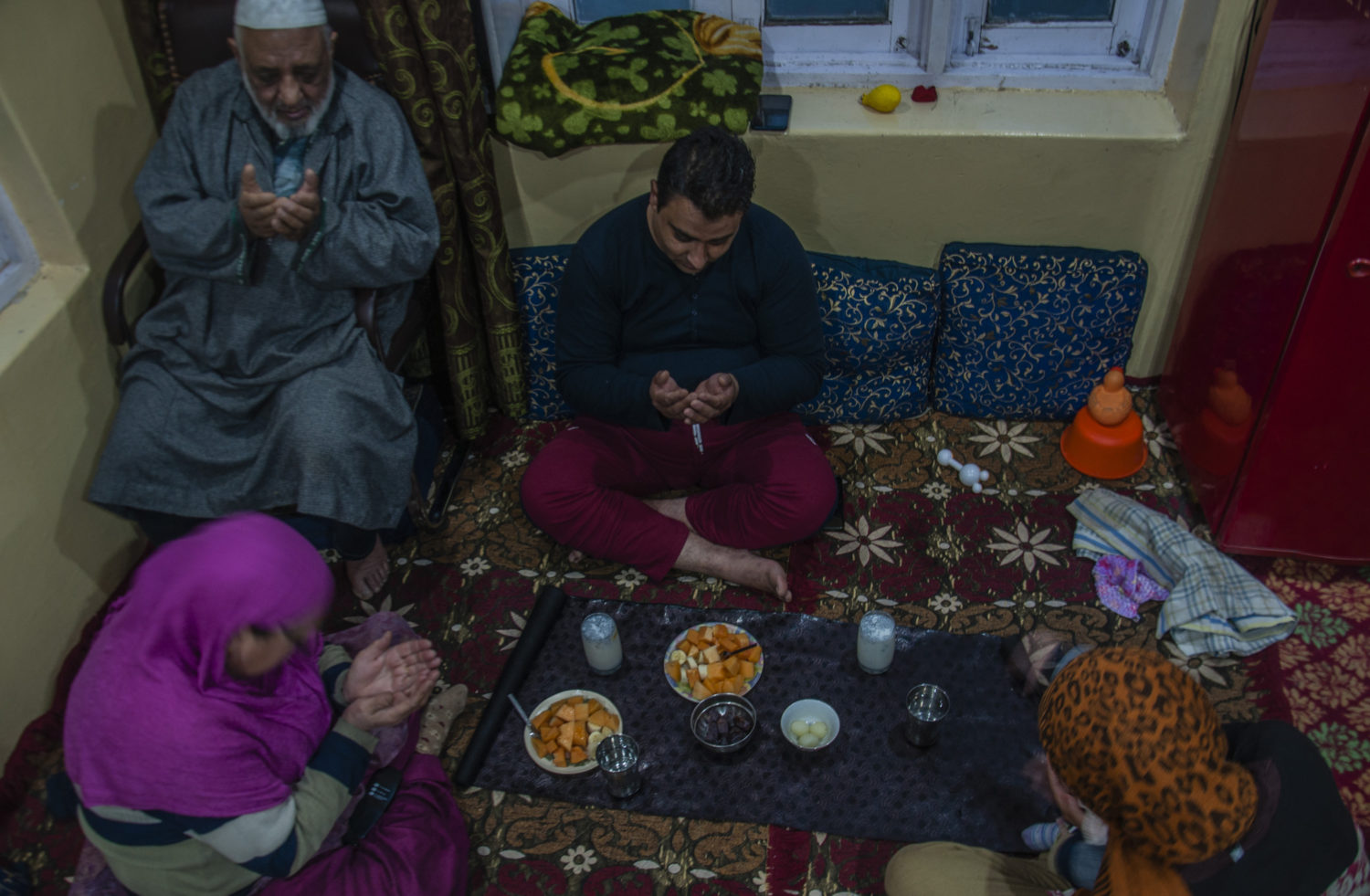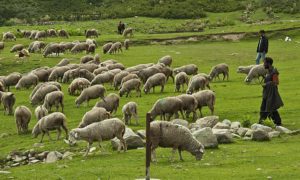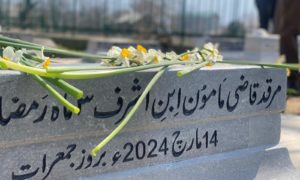As a fresh wave of Covid-19 sweeps Kashmir, the holy month of Ramzan once again begins with curtailed routine.
When Persian ballad “Shahar Khali” mourned a new world order last year, people mostly observed the holy month within four-walls. A year later, the Covid resurgence is only re-enforcing the same fretful order.
However, fighting back against the pandemic, many mosques and sanctums in Kashmir are witnessing masked attendance and cautious congregations at the moment.
The holy month of Ramzan, in which Muslims observe fasting—one of the five pillars of Islam—by abstaining from eating, drinking and smoking from dawn to dusk, began on Tuesday in Kashmir amid restrictions due to spike in the Covid cases.
The pandemic has only reshaped how people traditionally observed the holy month in the valley.

In Kashmir’s grand mosque, Covid curbs have once again cut down the fasting fervor. The place has historically remained the centre of Ramzan celebrations with people from the city and countryside arriving in droves to offer congregational prayers.
The faithful did turn up for congregations after the initial night-curfew proclamation shadowing dawn and dusk prayers, but the festivity of pre-pandemic days is clearly missing.
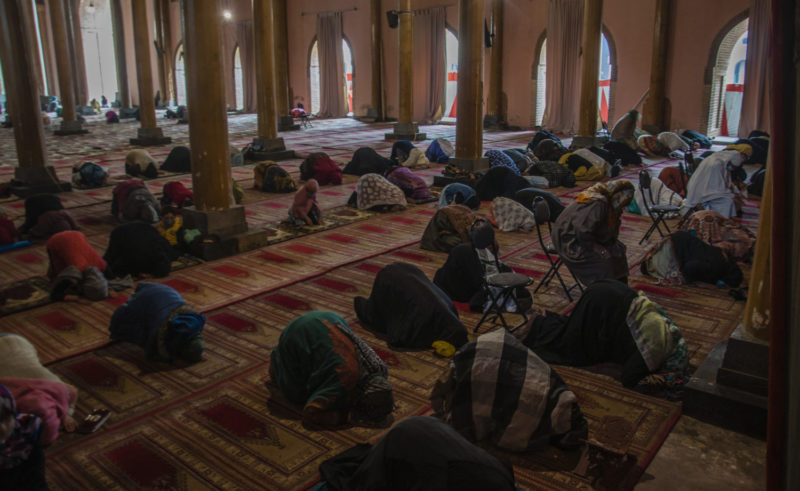
Even the women praying-hall in Jamia Masjid isn’t the same this year around. Otherwise a crowded cosmos, the Covid inflicted gaps are only making the subdued space craving for its buzzing past.

And while she prays alone, they sit and wonder about the pandemic shift in the central mosque which used to be the center-stage of the far cry in the valley. The outings were religiously recreational and retreat in nature.

But the bleak scenario is hardly stopping the old loyalists from creating the meditative calm with their hushed prayers.
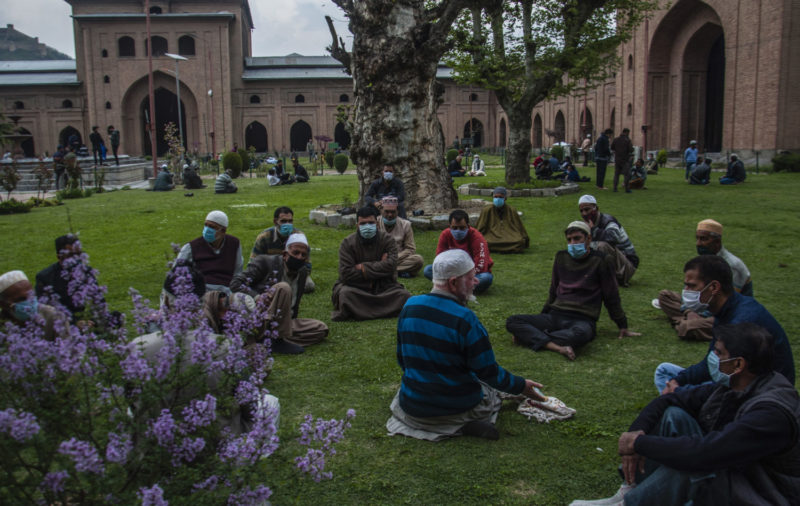
In the mosque courtyard, the signature post-prayer assembly is a crowd-puller. Simpletons who suffered history sit to talk about things around them. Such gatherings are a parallel world — an escape route for commoners combating conflict and Covid concurrently.

At the door, the faithful come to seek spiritual solace in swarms. During fasting, the sanctum only becomes the hall of consolation for the countless restive souls.
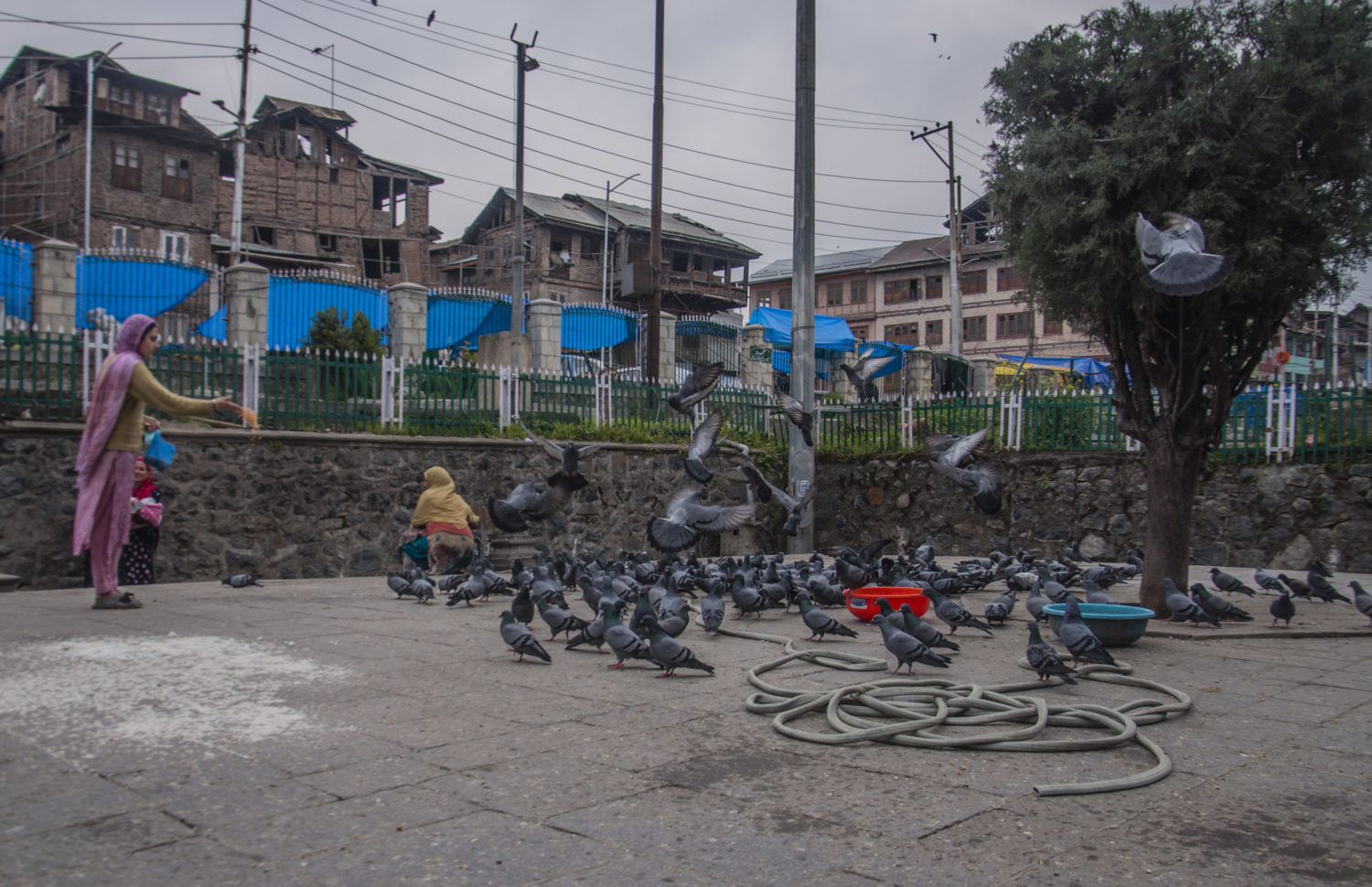
A token gesture of pigeon-feeding is the part of the shrine sojourn. While humans fast, the fluttering tribe stays afloat with the mystic morsels.

Giving alms is a part of the faith and the fasting only fuels this spirit. And the same has come to sustain the transcendent ecosystem of the holy month — making mendicants to crowd mosques and shrines for some societal support.
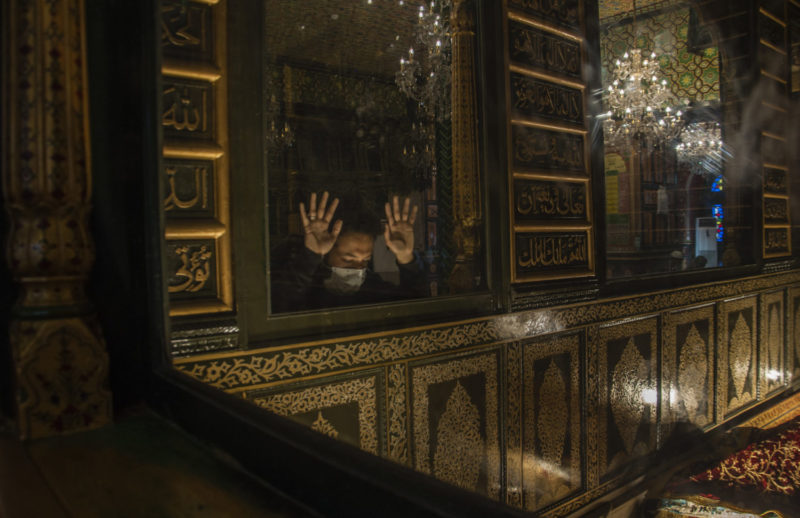
Beseeching the departed soul about whom it’s said that wherever he sets his steps becomes blissful for others. Perhaps those eyes are only seeking that!
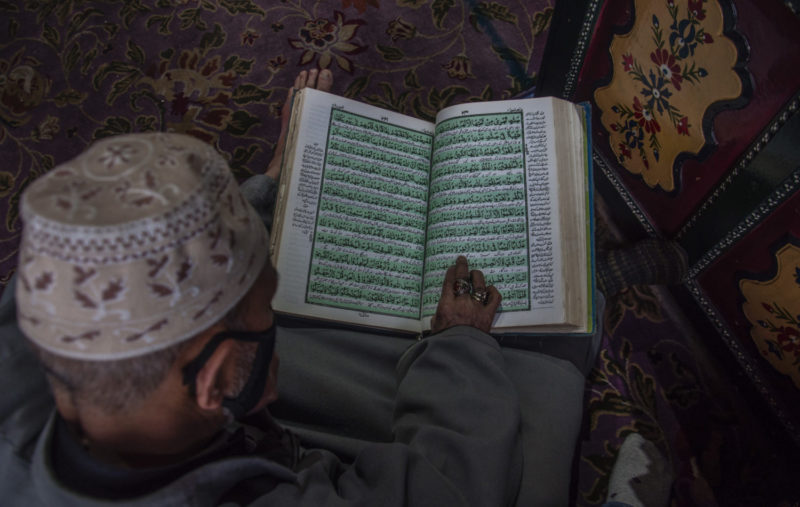
Reciting the word of god is the part of the devotional routine during fasting. Especially during dawn prayers, people sit to recite the holy Quran and seek salvation inside sanctums.

As a mandatory morning move for many, women folk visit shrines to pour their hearts out. The routine, mental specialists say, has helped Kashmiris to cope up with their distressed lives over the years.
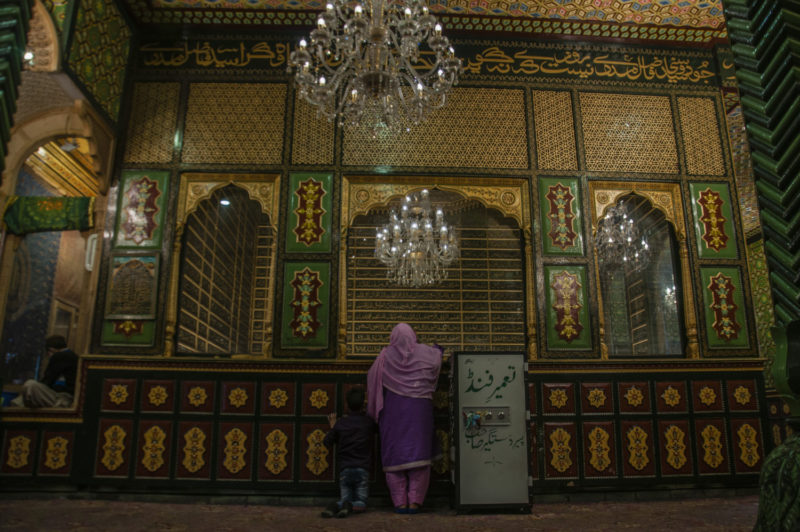
Anticipating the abstract aid, a woman flanked by a budding life is standing in a shrine and sustaining the characteristic culture.
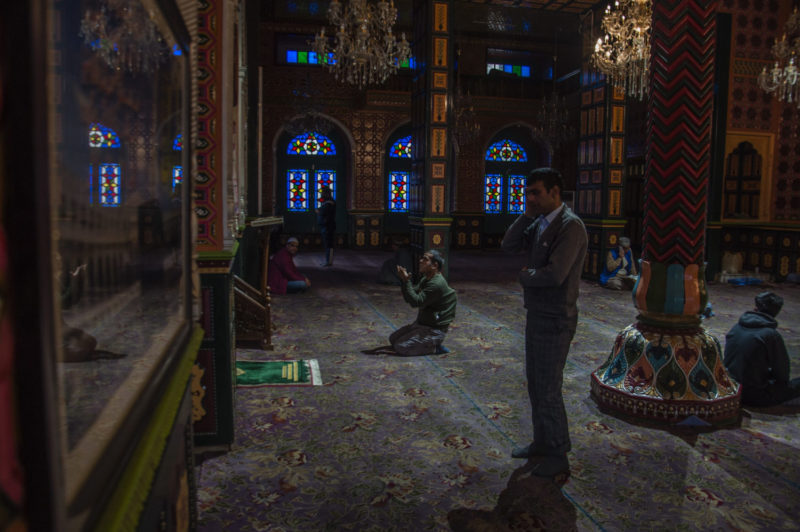
Praying in the peaceful ambiance is a compelling outing for many in the pandemic.
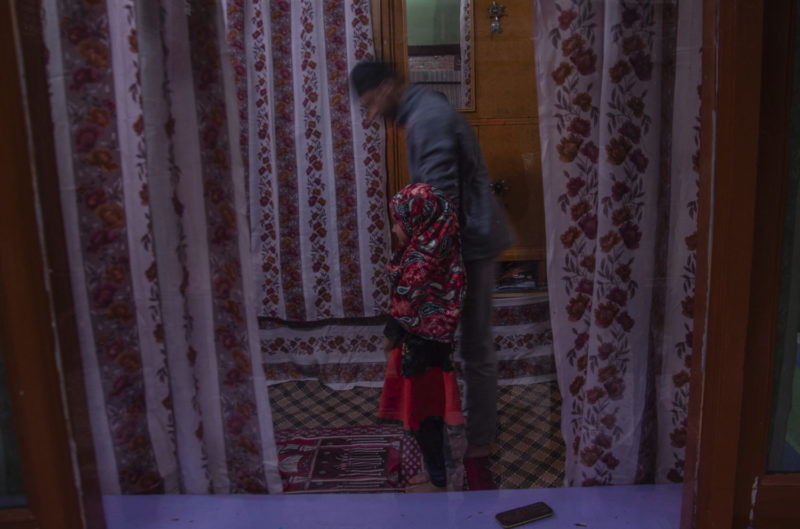
But as Covid is once again rearing its ugly head, the home prayers have only become vibrant with young and old rubbing shoulders within four walls.
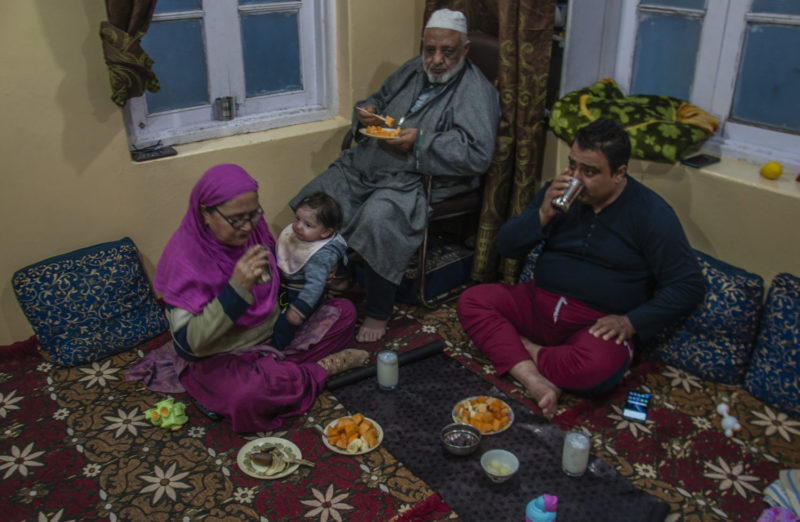
At the end of the day, it’s time to break the fast together on the ‘dasterkhan’.
Free Press Kashmir is now on Telegram. Click here to Join.
FPK Android App for 2G. Click here to Download.


